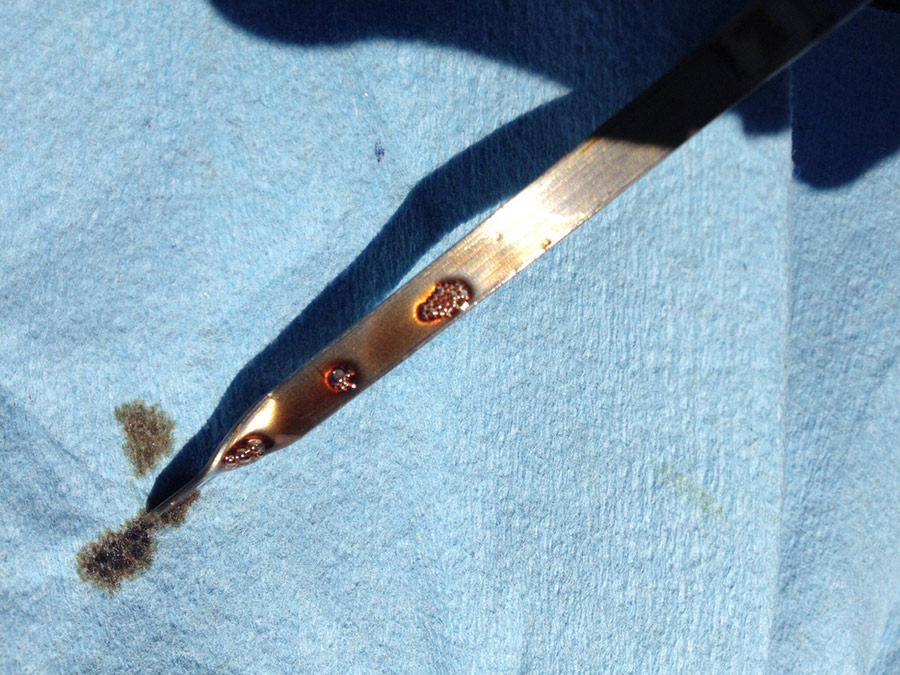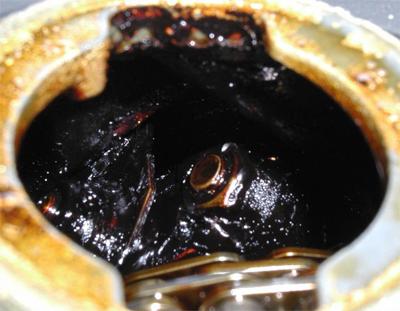- #granvilleoils #tradeshow #motortradeshow 1
- 0w/20 1
- A Bit Of Fun 3
- Abro 1
- Additive Packs 1
- Additive tanks 1
- Aftermarket 4
- Air Conditioning 4
- Animated Cars 1
- Antifreeze 9
- Article 2
- Auto Express 1
- Automatic Transmission 2
- Automechanika 7
- Automotive 35
- Autosol 3
- Autumn 2
- award 1
- Awards 2
- Baring 2
- blow moulding 1
- bottle 2
- bottles 1
- Brake Fluid 1
- Brakes 2
- Brand Focus 2
- Brands 1
- brochure 2
- business 1
- C3 2
- C4 1
- Capacity 1
- Car Wash 5
- carcare 2
- carcleaner 1
- carinterior 1
- Cars 5
- Catalogue 3
- Chemical 7
- chemical plant 1
- Cleaners 1
- Cleaning 10
- cockpit shine 1
- cockpitshine 1
- Cold Weather 4
- company 1
- company brochure 1
- Coolant 5
- Corporate 5
- cutting-edge 1
- design 4
- Dexos 1
- dubai 2
- dv5r 1
- eb2dt 1
- emergency puncture repair 1
- engine oil 3
- ep 1
- EV 1
- evolution 1
- exhibitions 2
- Facts 6
- Favourite Cars 1
- Flunkey 1
- Frankfurt 3
- FS 1
- fs pc 1
- fs rn 1
- Fuel 1
- Garden 1
- Gear Oil 3
- Germany 3
- Granville 10
- Granville bottles 1
- Granville brochure 1
- Granville catalogue 1
- Granville new tanks 1
- Granville Oil 42
- Granville Oil tanks 1
- Granville Oils 2
- Granville Oils Site 1
- Granville tank farm 1
- Granville tyre repair 1
- granvilleoil 4
- graphic 1
- Grease 2
- Gunk 1
- History 1
- homepage 1
- Hypalube 4
- identity 1
- ISO 14001 1
- James Bond 1
- James Holland 1
- logo 1
- Lubricant 18
- lubricants 2
- lubricating oils 1
- Machinery 2
- madeinuk 1
- Maintenance 20
- Manual Transmission 3
- manufacturing 1
- Mechanic 3
- mid saps 2
- motor 2
- Motor Factor 2
- Motor Oil 22
- motoring 3
- Motoring Problems 16
- mtf 1
- new engine oil 1
- new fully synthetic oil 1
- new Granville product 2
- new logo 1
- new packaging 1
- New Product 9
- new products 1
- NGLI 1
- Nova Car Care 3
- Nürburgring 1
- OEM 3
- oil 3
- packaging updates 1
- Paint 1
- Pets 1
- plastic 1
- PMF 1
- Polish 1
- Powertron Ultra 1
- premium oils 1
- product 2
- Product Feature 4
- Product Release 8
- production 1
- Products 3
- profinish 1
- puncture repair product 1
- Rain X 2
- Range 1
- rebrand 2
- rebranding 1
- recruitment 1
- refresh 1
- RN17 FE 1
- Screen Wash 1
- Screenwash 1
- September 2
- Show 1
- Sintron 1
- smartphone 1
- Spring 1
- staff 1
- stop start 1
- Summer 2
- tank farm 1
- tanks 1
- team 1
- Technical 22
- technolube 1
- Trade Show 5
- transmission 1
- Transmission Fluid 6
- Turtle Wax 4
- TV Cars 1
- tyre aid 1
- Tyre Safety 1
- Universal 1
- upgrade 1
- Valeting 9
- Veedol 10
- Veedol OEM 1
- Ventilation 1
- Wax 1
- website 2
- Windscreen 3
- Winter 3
- workmilestone 1
- 2024
- Dec 2
- Oct 2
- Sep 2
- Jun 3
- May 2
- Apr 6
- Jan 1
- 2023
- Dec 1
- Sep 1
- Jul 2
- Mar 4
- 2022
- Nov 2
- Oct 1
- Sep 1
- Aug 1
- Apr 1
- Feb 1
- Jan 1
- 2021
- Nov 1
- Aug 1
- Apr 1
- Mar 1
- Feb 1
- 2020
- Sep 2
- Jun 1
- May 1
- Mar 1
- Jan 1
- 2019
- Oct 1
- Sep 2
- Jun 1
- May 1
- Apr 1
- Mar 2
- Feb 2
- 2018
- Dec 1
- Sep 2
- Aug 1
- Jul 1
- May 1
- Apr 1
- Mar 1
- Feb 1
- Jan 1
- 2017
- Jul 2
- Jun 2
- Feb 2
- Jan 2
- 2016
- Dec 2
- Nov 2
- Jul 4
- Jun 5
- May 3
- Mar 2
- Feb 3
- Jan 2
- 2015
- Nov 1
- Oct 3
- Sep 1
- Aug 2
- Jul 4
What your Oil is Trying to Tell you About the Health of your Engine
Healthy oil makes for a healthy engine but it's not always obvious when your engine is a little under the weather. Luckily, symptoms of some engine problems are often visible by the condition of the oil. Here is a rundown of the problems your engine may have if you discover these symptoms during your next oil check.
Frothy Oil
A good quality engine oil should not foam up because of the anti-foaming additives that are mixed with the product. There could be several reasons why your oil has foamed up. If your oil is bubbly or foamy but not discoloured then you may have overfilled the sump. The oil is essentially being churned and aerated by the crank and can cause a lot of damage very quickly.

src: forums.swedespeed.com
If the foam is lighter in colour this could be down to water or coolant contamination. If this is the case, then there is a chance you may have a leaking gasket head or a crack in the engine block.
Solution: If you think you may have overfilled with engine oil make sure you drain it off and refill the tank. If you see evidence of light coloured foam, see a professional mechanic as soon as you can.
Gritty or Dirty Oil
If you find lots of dark flecks of grit in your oil it's definitely time to change it. This is most likely to be flakes of carbon which will build up naturally in the oil over time. They might not look like much, but when they are flowing through your engine at speed they have highly abrasive properties which could ultimately to lead engine failure. Luckily, your oil filter is there to catch a lot of this carbon build up, but if you see a high concentration of it then it could be a sign that your oil filter needs changing along with your new oil, otherwise a blockage might occur.
 src: complex.com
src: complex.com
Solution: If you find lots of dark flecks of grit in your oil it's definitely time to change it. This is most likely to be flakes of carbon which will build up naturally in the oil over time. They might not look like much, but when they are flowing through your engine at speed they have highly abrasive properties which could ultimately to lead engine failure. Luckily, your oil filter is there to catch a lot of this carbon build up, but if you see a high concentration of it then it could be a sign that your oil filter needs changing along with your new oil, otherwise a blockage might occur.
Cloudy Oil
Motor Oil becomes cloudy or looks like a milky cup of coffee when it is contaminated by water or coolant. This could be a sign that you have a leaking gasket head which will cause coolant to leak into your engine. If the gasket is leaking then you may also see beads of moisture on your dipstick. It could also be a sign that the engine is not getting up to operating temperature and being allowed to maintain it for long enough which causes condensation from the combustion process to build up in the sump. If too much moisture is present in your engine oil then it will not be lubricating the components effectively. If coolant is present in the oil then, as well as failing to lubricate properly, organic acids can form which will corrode the metal components.

src: motorcycleforums.com
Solution: An oil change is recommended if the oil is cloudy. If you suspect a gasket head leak seek a professional mechanic's advice as soon as possible.
Jelly-Like Consistency
If the oil on your dipstick is overly thick or has a jelly-like consistency then your engine may be developing sludge. The causes of sludge are varied but as oil oxidizes and begins to break down it can form a gelatinous substance which we identify as sludge. Mineral Oils tend to be more susceptible to sludge, and certain engine models have been found to be more prone to its development but it seems ultimately that poor maintenance is a big contributor factor.

src: imgur.com
Solution: Draining oil which has become sludgy can be quite tricky if it clings to the sump. If you suspect sludge build up, it is recommended that you seek advice from a professional mechanic.
--
This article is intended for general information only and should not be used as a diagnostic tool. Always consult your owner's manual before attempting any maintenance. Seek the advice of a professional mechanic if you discover any of these problems.
Article first published Tuesday 14th Jul 2015 02:00:00